Rewilding Scotland – a conference “to get it done”
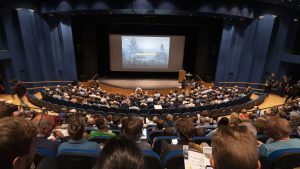
“Fragments are not enough,” says Peter Cairns, the project director of "Scotland: the Big Picture." This was the overarching theme of the recent rewilding conference I took part in. Listeners and speakers converged on Stirling last month from all over the UK to discuss topics of rewilding. Rewilding is not just a tree-hugging campaign to bring back wolves and let the wilderness go wild, although habitat restoration, endangered species protection, the logistics of free-ranging large herbivores and the reintroduction of their natural predators are all valuable points for consideration.
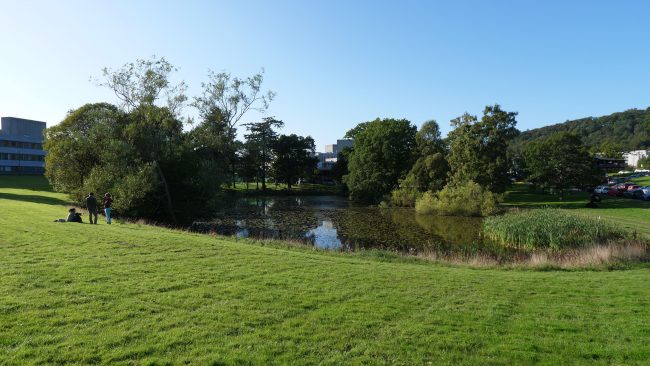
Stirling University Campus
We also heard about new opportunities for business, financial investment, employment and the digital landscape; education in schools, political will and urban planning, as well as social media, eco-tourism and the movement of people. All of these aspects of natural and human development are part of the bigger picture, as well as climate change, and the sustainability of farming, hunting, forestry and fishery practices. Speakers came from Europe and the US, reporting on successful projects and mapping out what needs to be done to help put our fragmented natural systems back together again. A great analogy was that of the London Underground, with multiple connections giving access to destinations that together make up the whole ecosystem of Planet Earth, with its network of human and natural interelationships.
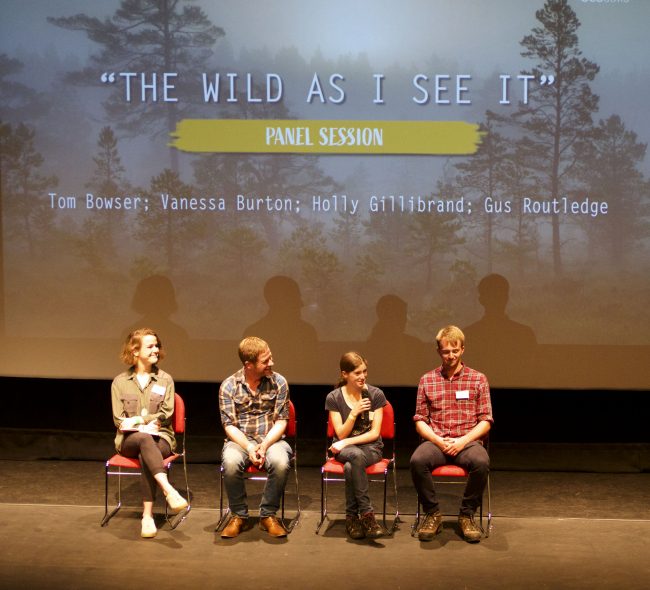
Panel Session at Conference
While long term planning is key to the success of any rewilding activity, there were reports of more immediate gains to be had through enterprise and imaginative thinking, such as job creation in the form of eco-tourism, and the use of digital technology to record sightings of live apex predators instead of paying out compensation to farmers for loss of livestock (which is not in reality as much of a threat as it may seem). As for spreading enthusiasm for rewilding amongst the wider public, it was agreed that education and the sharing of positive results is far more effective than doom-mongering scare stories of lack and disintegration.
One very positive story is the Cairngorms Connect project, which is the biggest habitat restoration project in Britain. A collection of landowners are working together to restore 600 square kilometres of joined-up wild land to allow the free movement of wildlife and the restoration of Caledonian pine forest across the whole of the Cairngorms National Park.
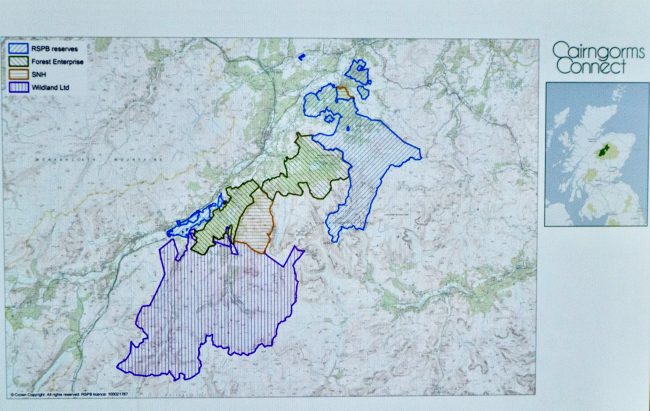
By controlling deer populations, vegetation recovers and thrives. Raising the water table through blocking drains is helping rivers and waterways go back to their natural meandering patterns, and flood prevention occurs naturally. The combined restoration of water, soil and trees combats climate change, increasing biodiversity and providing “ecosystem services” that save humans time and money, while giving the natural world the space and freedom it needs to take care of itself. Joining forces and combining resources means that research and monitoring can be shared and more widely assimilated. Working together makes the available money go further and the results are an example to visitors - and hopefully the wider world - on how change is possible.
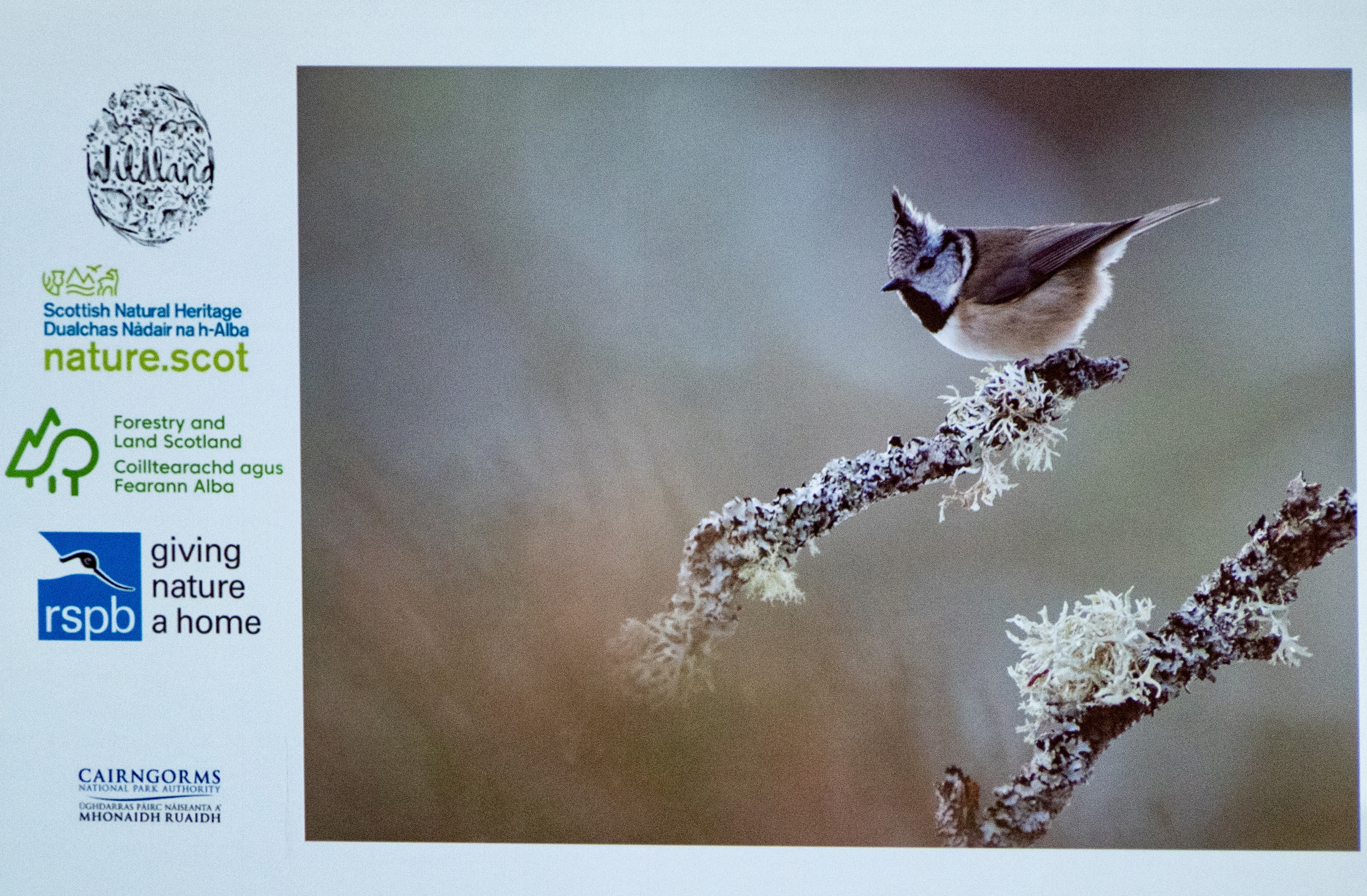
Cairngorms Connect Presentation
Comments are closed for this post.
